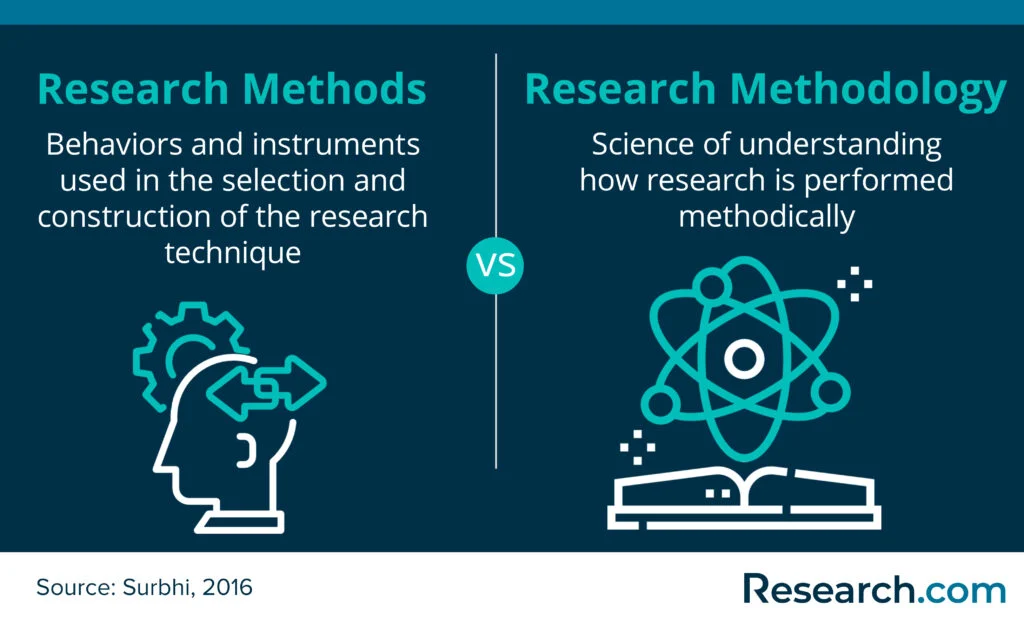Writing a discussion section of a research paper can be a challenging task for many students. It requires a thorough understanding of the research topic and the ability to interpret the results of the research. The discussion section is the most important part of the paper as it is where the researcher presents their findings and interpretations. It is also the section where the researcher can make recommendations for further research and provide a conclusion. In this article, we will discuss the key elements of a discussion section and provide tips on how to write a successful discussion section.
How to Structure a Discussion Section for Maximum Impact
The discussion section of an academic paper is an important part of the overall paper. It is where the author presents their findings and interpretations of the research. It is also where the author can draw conclusions and make recommendations for further research. Therefore, it is important to structure the discussion section in a way that maximizes its impact.
The first step in structuring a discussion section is to provide an overview of the main findings. This should include a brief summary of the research and the main conclusions that were drawn. This should be followed by a more detailed discussion of the findings. This should include an explanation of the implications of the findings and how they relate to existing literature.
The next step is to discuss any limitations of the research. This should include any methodological issues that may have affected the results. It is also important to discuss any potential sources of bias or errors that may have been present in the research.
The final step is to draw conclusions and make recommendations for further research. This should include a summary of the main findings and a discussion of the implications of the findings. It should also include any recommendations for future research that may be necessary to further explore the topic.
By following these steps, the discussion section of an academic paper can be structured in a way that maximizes its impact. This will ensure that the author’s findings and interpretations are presented in a clear and concise manner, and that the reader is able to draw their own conclusions from the research.
Tips for Writing a Clear and Concise Discussion Section
1. Begin by summarizing the main findings of the study.
2. Discuss the implications of the findings in relation to the research question.
3. Explain the limitations of the study and how they may have impacted the results.
4. Discuss the implications of the findings for future research.
5. Provide a conclusion that summarizes the main points of the discussion.
6. Use clear and concise language throughout the discussion section.
7. Avoid using jargon and technical terms unless they are necessary.
8. Use active voice when possible to make the discussion more engaging.
9. Use appropriate transitions to link ideas and maintain a logical flow.
10. Proofread the discussion section to ensure accuracy and clarity.
Strategies for Presenting Your Findings in the Discussion Section
1. Summarize the Results: Begin the discussion section by summarizing the main findings of the study. This should include a brief overview of the results, highlighting the most important points.
2. Interpret the Results: After summarizing the results, interpret the findings in the context of the research question. Explain how the results support or refute the hypothesis and discuss any unexpected results.
3. Discuss Limitations: Acknowledge any limitations of the study and explain how they may have impacted the results.
4. Compare to Previous Research: Compare the results of the study to previous research on the topic. Discuss any similarities or differences and explain why they may have occurred.
5. Make Recommendations: Make recommendations for future research based on the findings of the study.
6. Conclude: Conclude the discussion section by summarizing the main points and reiterating the implications of the study.
How to Use Visuals to Enhance Your Discussion Section
Visuals can be a powerful tool to enhance a discussion section. They can help to illustrate complex concepts, provide a visual representation of data, and help to engage students in the discussion. Here are some tips for using visuals effectively in a discussion section:
1. Choose visuals that are relevant to the topic. Visuals should be chosen to illustrate the main points of the discussion. They should be relevant to the topic and help to explain the material in a clear and concise way.
2. Use visuals to engage students. Visuals can be used to engage students in the discussion. They can be used to ask questions, prompt discussion, and provide a visual representation of the material.
3. Use visuals to explain complex concepts. Visuals can be used to explain complex concepts in a way that is easier to understand. They can be used to illustrate relationships between concepts, provide a visual representation of data, and help to explain difficult concepts.
4. Use visuals to provide a visual representation of data. Visuals can be used to provide a visual representation of data. This can help to make the data easier to understand and can help to illustrate relationships between different data points.
5. Use visuals to provide a visual representation of the material. Visuals can be used to provide a visual representation of the material. This can help to make the material easier to understand and can help to illustrate relationships between different concepts.
By using visuals effectively in a discussion section, instructors can help to engage students in the material and make the material easier to understand. Visuals can be a powerful tool to enhance a discussion section and should be used to illustrate complex concepts, provide a visual representation of data, and help to engage students in the discussion.
Best Practices for Interpreting and Summarizing Your Results in the Discussion Section
1. Begin by summarizing the main findings of your study. Make sure to include the most important results and any significant trends or patterns that emerged.
2. Discuss the implications of your results. Explain how your findings contribute to the existing body of knowledge in your field and how they may be used to inform future research.
3. Consider any limitations of your study. Acknowledge any potential weaknesses or areas for improvement in your research design or methodology.
4. Discuss any unexpected results. If any of your results were unexpected, explain why they may have occurred and how they may be interpreted.
5. Make sure to provide a balanced perspective. Avoid making overly broad or sweeping statements about your results.
6. Make sure to provide a clear conclusion. Summarize the main points of your discussion and provide a clear statement about the implications of your findings.
Conclusion
In conclusion, writing a discussion section of a research paper can be a challenging task. However, with careful planning and organization, it can be done successfully. It is important to remember to include a summary of the main points, a discussion of the implications of the research, and a conclusion that ties the discussion together. Additionally, it is important to provide a clear and concise explanation of the results and to provide a clear and logical argument for the conclusions drawn. Finally, it is important to ensure that the discussion section is well-structured and that it is written in a way that is easy to understand.
Discussion
[wpaicg_chatgpt]



